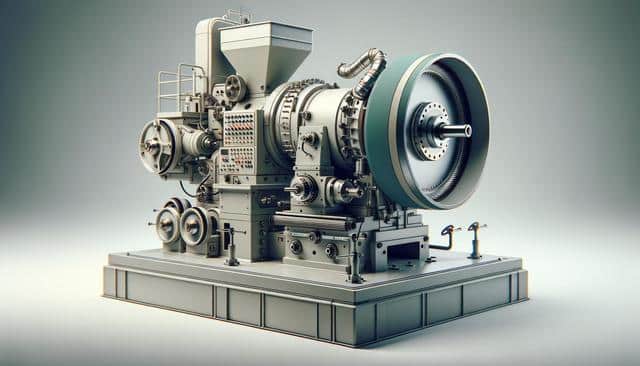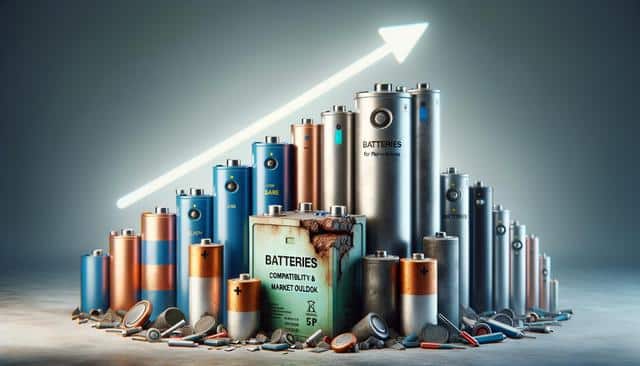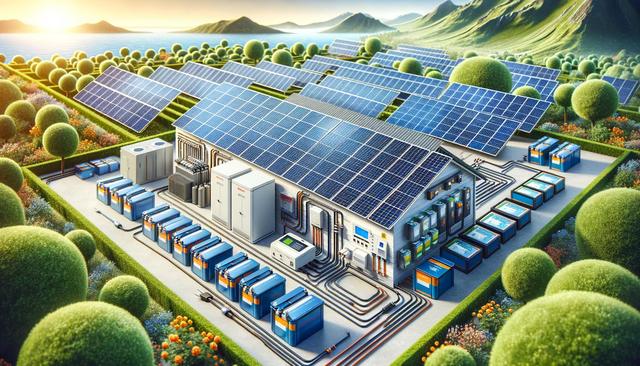
Industrial Humidity Control Systems: Performance, Applications & Tech Trends
Understanding the Role of Humidity Control in Industrial Environments
Humidity control plays a crucial role in maintaining optimal conditions within industrial facilities. Whether in manufacturing, storage, or processing environments, the right humidity levels help preserve product integrity, ensure employee safety, and enhance machinery performance. Uncontrolled humidity can lead to a range of issues such as corrosion, mold growth, and product deformation. As a result, industrial humidity control systems have become essential components in modern operations where environmental precision is necessary.
These systems work by either removing excess moisture from the air or adding humidity when the air becomes too dry. The technology behind these systems includes desiccant dehumidifiers, mechanical refrigeration dehumidifiers, and steam or ultrasonic humidifiers. The choice of system often depends on the specific requirements of the facility, including the size, layout, and the nature of the products or processes involved. Effective humidity regulation helps reduce downtime, improve product quality, and extend the life of sensitive equipment.
Key Industrial Applications of Humidity Control Systems
Humidity control systems are used across a wide range of industries, each with unique needs and challenges. In the pharmaceutical sector, for example, controlling humidity is critical for ensuring the stability and efficacy of medications during both production and storage. Similarly, the food and beverage industry relies on these systems to prevent spoilage and maintain hygiene standards.
Other common industrial applications include:
- Electronics manufacturing – to prevent static build-up and protect sensitive components
- Textile production – to avoid fiber brittleness and ensure fabric consistency
- Automotive assembly – to maintain paint quality and prevent rust
- Data centers – to protect servers from condensation and overheating
- Wood and paper processing – to prevent warping and maintain product dimensions
Each application requires tailored humidity parameters, which underscores the importance of customizable and scalable humidity control solutions. By maintaining the right balance, these systems help industries meet regulatory standards and customer expectations with greater consistency.
Performance Metrics and System Efficiency
The performance of industrial humidity control systems is measured by several key metrics that help determine their effectiveness and efficiency. One of the primary indicators is the system’s ability to maintain a consistent relative humidity (RH) within a designated range. Advanced systems can sustain RH levels within ±2% of the target, which is essential for environments with strict climate control requirements.
Other performance indicators include:
- Energy consumption per unit of moisture removed or added
- Response time to environmental changes
- Maintenance frequency and service life
- Integration capabilities with existing HVAC and automation systems
Energy-efficient systems not only lower operational costs but also contribute to sustainability goals by reducing greenhouse gas emissions. Many modern systems now come with smart sensors and controllers that adjust humidity levels in real time, offering both precision and energy savings. Evaluating these performance metrics helps facility managers choose systems that align with their operational priorities.
Emerging Technologies in Humidity Control
Technology in humidity control is evolving rapidly, driven by the need for better performance, lower energy use, and smarter integration with industrial automation. One of the most notable trends is the adoption of Internet of Things (IoT) capabilities, which provide remote monitoring, predictive maintenance alerts, and real-time data analytics.
Other emerging technologies include:
- Adaptive control systems with machine learning algorithms
- High-efficiency desiccant materials that improve moisture absorption
- Hybrid systems combining dehumidification and air purification
- Energy recovery ventilators that reuse waste energy to condition incoming air
These innovations contribute to more resilient and responsive humidity control solutions. They not only enhance performance but also reduce the environmental footprint of industrial operations. As industries continue to digitize, the integration of humidity control systems with building management platforms becomes increasingly important for achieving seamless, automated control.
Considerations for Implementing Humidity Control Solutions
When implementing or upgrading an industrial humidity control system, several factors must be taken into account to ensure the solution meets both current and future needs. First, a thorough assessment of the facility’s environmental conditions and operational processes is essential. This includes identifying humidity-sensitive areas, evaluating air flow patterns, and measuring current RH levels.
Key considerations include:
- Type and size of the facility
- Specific humidity requirements for different zones
- Energy efficiency and sustainability goals
- Integration with existing HVAC systems
- Budget constraints and return on investment
Working with experienced engineers and system providers can help tailor the solution to the unique demands of the facility. Additionally, ongoing maintenance and staff training are important for ensuring the system continues to operate optimally over time. A well-implemented system not only protects products and equipment but also creates a safer and more comfortable environment for workers.
Conclusion: Enhancing Industrial Reliability Through Smart Humidity Control
Industrial humidity control systems are pivotal to maintaining performance, reliability, and compliance across a wide array of sectors. By carefully selecting and managing these systems, businesses can protect assets, improve product quality, and reduce operational risks. As technology advances, the integration of intelligent and energy-efficient humidity control solutions will continue to play a key role in optimizing industrial environments. For facility managers and engineers seeking to enhance their operations, investing in modern humidity control systems offers measurable benefits and long-term value.


